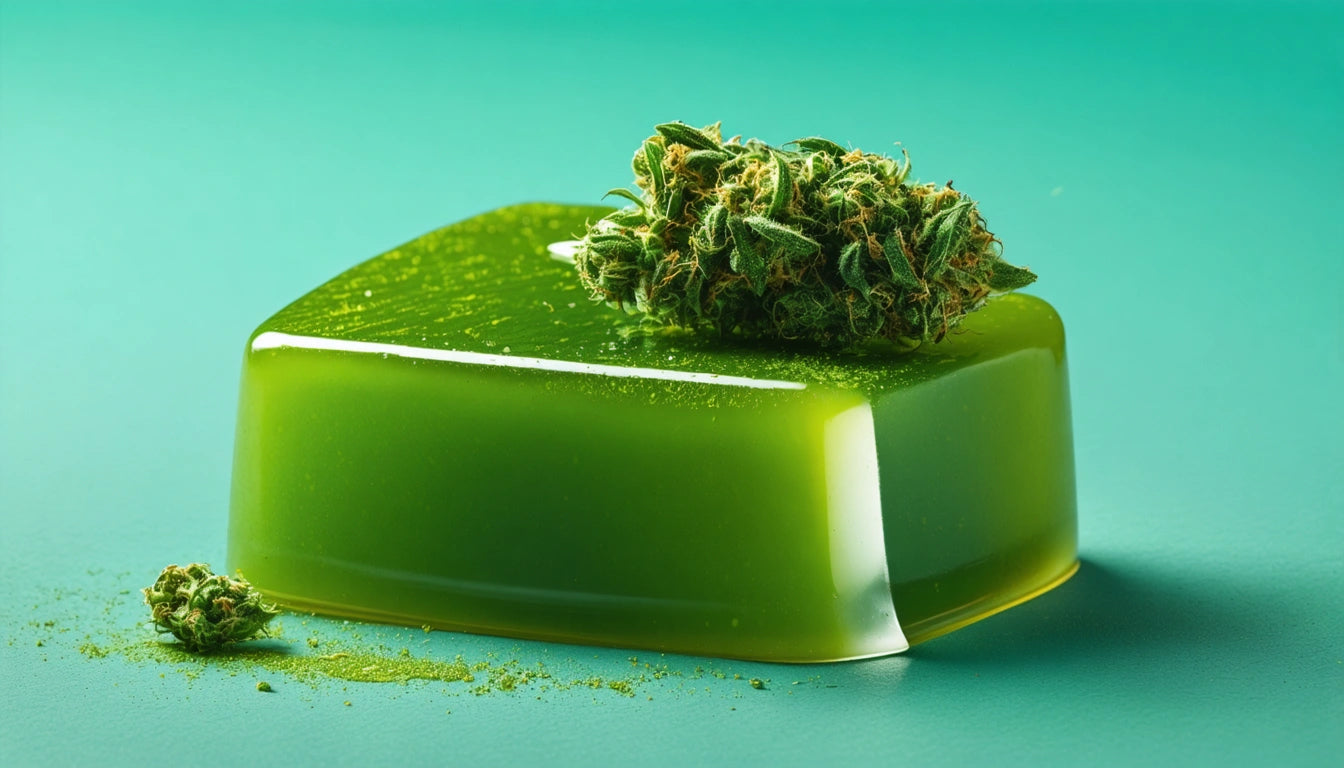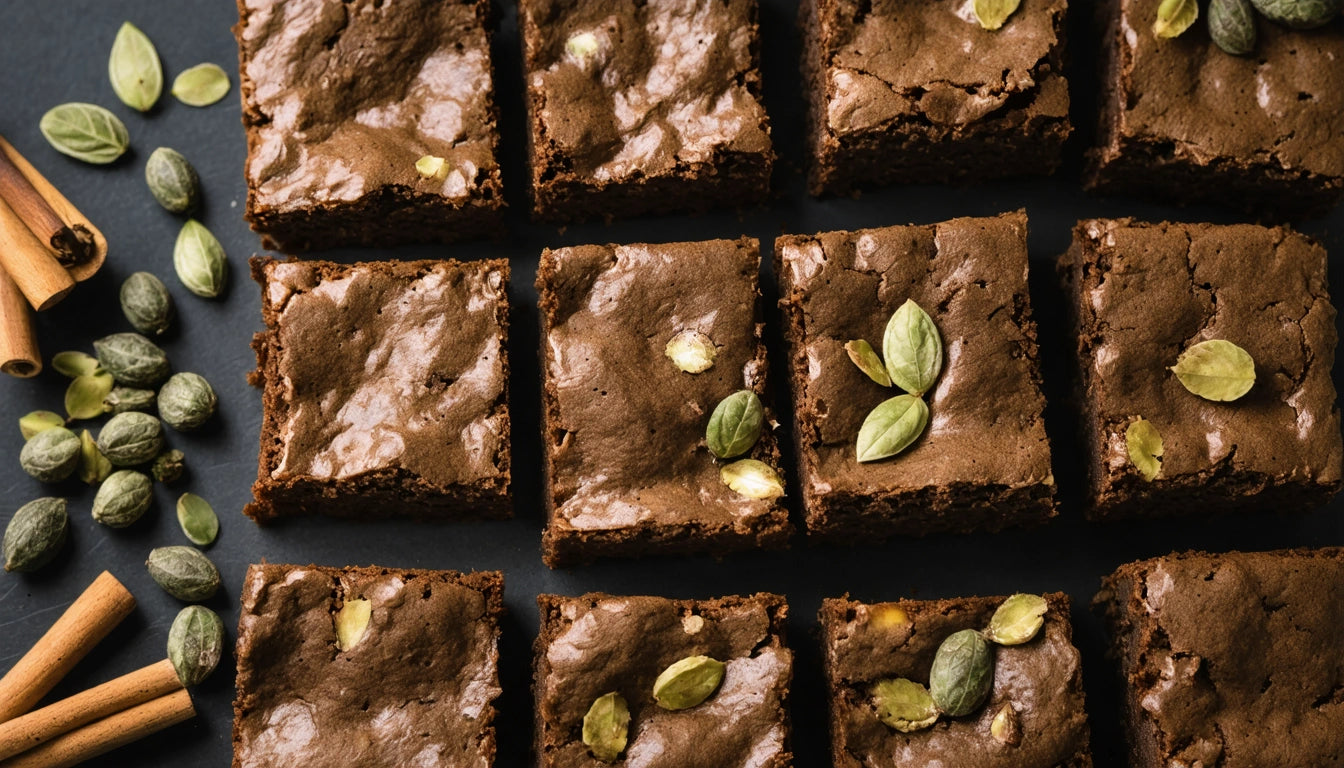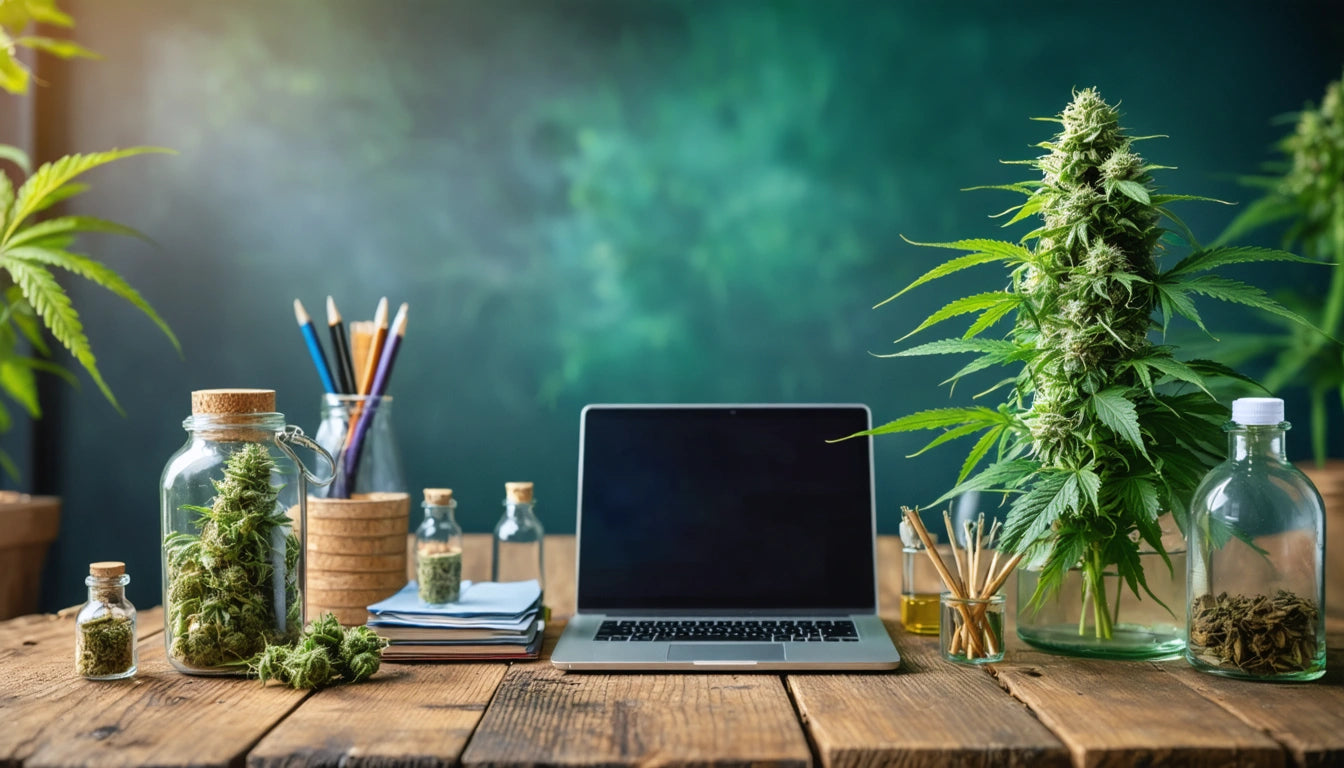Table of Contents
What Happens If You Eat Cannabis Wax?
Cannabis concentrates have grown in popularity, with wax being one of the most potent forms available. Many consumers wonder about the effects and safety of consuming cannabis wax orally rather than through traditional methods like dabbing or vaporizing. If you're curious about what happens if you eat weed wax, this comprehensive guide explores the physiological effects, potential risks, and important considerations for consumption.
Understanding Cannabis Wax: Composition and Potency
Cannabis wax is a highly concentrated form of marijuana extract, typically containing 60-90% THC compared to flower's 15-25%. This amber or yellowish substance gets its name from its waxy, malleable texture. Understanding the difference between wax and traditional flower is crucial before consumption.
Wax is produced through extraction processes using solvents like butane or CO2 to strip cannabinoids and terpenes from plant material. The resulting concentrate contains significantly higher levels of active compounds than traditional cannabis products.
Effects of Eating Cannabis Wax: What to Expect
Onset and Duration
When you eat cannabis wax, the effects differ substantially from smoking or vaporizing. Oral consumption routes THC through the digestive system and liver, where it's converted to 11-hydroxy-THC, a more potent metabolite that can cross the blood-brain barrier more effectively.
This metabolic process results in:
- Delayed onset (1-3 hours versus minutes when inhaled)
- Significantly longer duration (6-8 hours or more)
- Often more intense psychoactive effects
Psychological and Physical Effects
If you eat weed wax, you may experience more pronounced effects than with other consumption methods, including:
- Intense euphoria or anxiety (depending on tolerance and dosage)
- Altered perception of time and sensory information
- Pronounced body effects (relaxation or sedation)
- Potential for overwhelming psychoactive experiences
Research confirms that eating wax can indeed produce powerful psychoactive effects, often more intense than expected by inexperienced users.
Safety Concerns and Potential Risks
Consuming cannabis wax orally presents several important safety considerations:
Unpredictable Dosing
Without proper measurement tools like precision digital scales for accurate dosing, it's extremely difficult to gauge how much THC you're consuming. Even a small amount of wax can contain hundreds of milligrams of THC, far exceeding recommended doses for edibles.
Residual Solvents
Low-quality or improperly purged wax may contain residual extraction solvents that aren't safe for ingestion. Safety concerns regarding cannabis wax consumption often center around these potential contaminants.
Overconsumption Risks
The delayed onset of effects when eating wax can lead to overconsumption. Users may mistakenly believe the dose wasn't effective and consume more, resulting in potentially uncomfortable or distressing experiences once the effects begin.
While cannabis is not considered fatal in typical consumption scenarios, extreme doses can lead to severe anxiety, paranoia, and physical discomfort requiring medical attention.
Comparing Consumption Methods: Eating vs. Other Uses
Cannabis wax is primarily designed for dabbing or vaporizing, not direct oral consumption. Here's how eating compares to other methods:
Bioavailability Differences
When you eat weed wax, bioavailability (the proportion of THC that enters circulation) is relatively low at 10-20%, compared to inhalation methods at 30-60%. However, the liver's conversion to 11-hydroxy-THC often compensates for this reduced efficiency with more potent effects.
Decarboxylation Requirements
Raw cannabis wax contains primarily THCA, which must be converted to active THC through heating (decarboxylation) to produce psychoactive effects. Similar to raw flower, unheated wax has limited psychoactive potential without this conversion.
Dosing Considerations and Best Practices
If you're determined to consume cannabis wax orally despite the challenges, consider these best practices:
- Start with extremely small amounts (a fraction of what you might use for dabbing)
- Decarboxylate the wax first by gently heating it
- Mix with a fat-based carrier (butter, oil) to improve absorption
- Wait at least 3 hours before considering additional doses
- Have CBD available, which may help moderate intense THC effects
Safety guidelines for THC wax consumption emphasize the importance of measured, cautious approaches, particularly for inexperienced users.
Medical Implications and Therapeutic Considerations
While recreational users may experiment with eating cannabis wax, medical patients should approach this method with caution. The unpredictable nature of oral wax consumption makes it difficult to achieve consistent therapeutic effects compared to standardized edible products specifically designed for oral consumption.
For those seeking the benefits of concentrated cannabis in oral form, medical-grade tinctures, capsules, or properly dosed edibles provide more reliable alternatives with consistent dosing. These products undergo testing for potency and purity, unlike DIY approaches to eating wax.
Understanding how cannabis affects your body is essential before experimenting with high-potency concentrates in any form.
If you're considering eating cannabis wax for therapeutic purposes, consult with a healthcare provider knowledgeable about cannabis medicine to discuss safer, more effective alternatives tailored to your specific needs.











Leave a comment
All comments are moderated before being published.
This site is protected by hCaptcha and the hCaptcha Privacy Policy and Terms of Service apply.